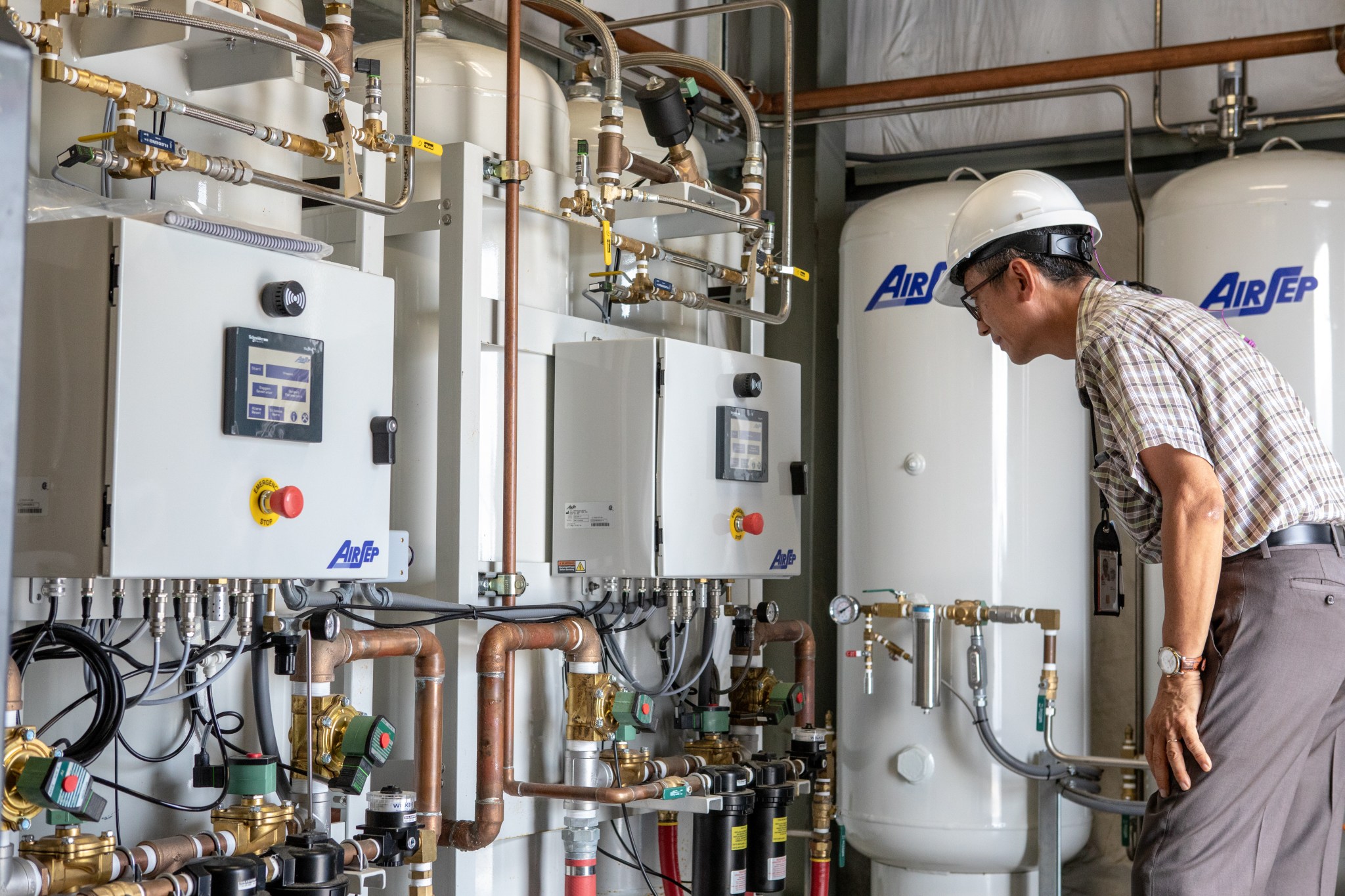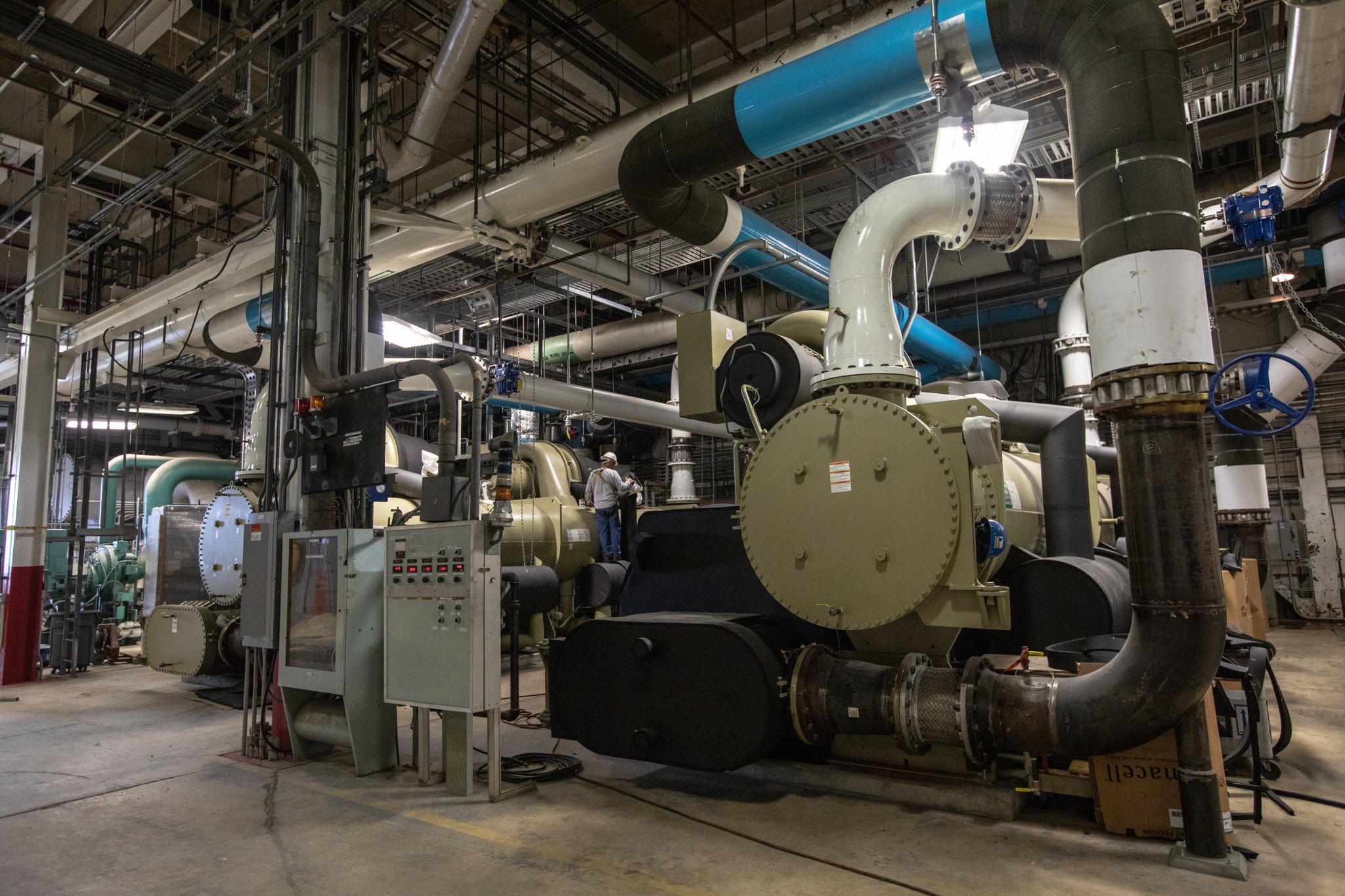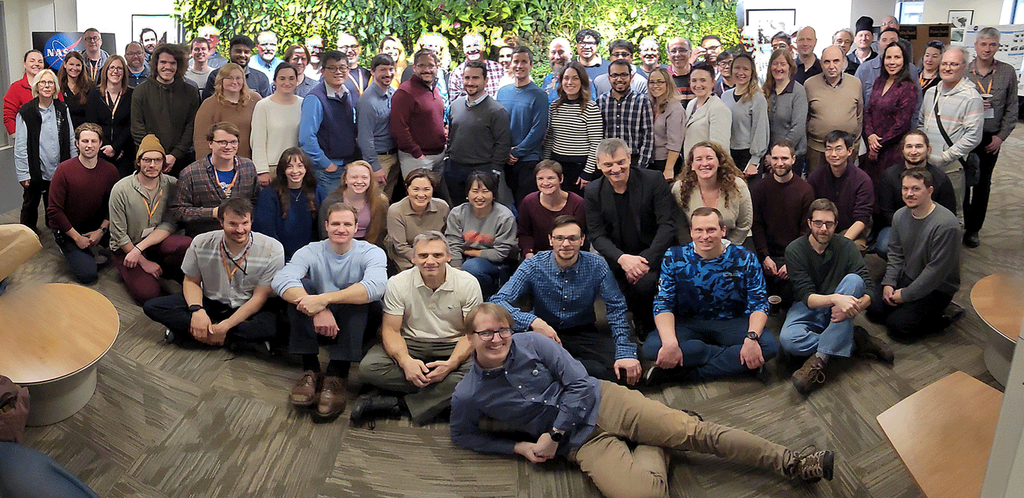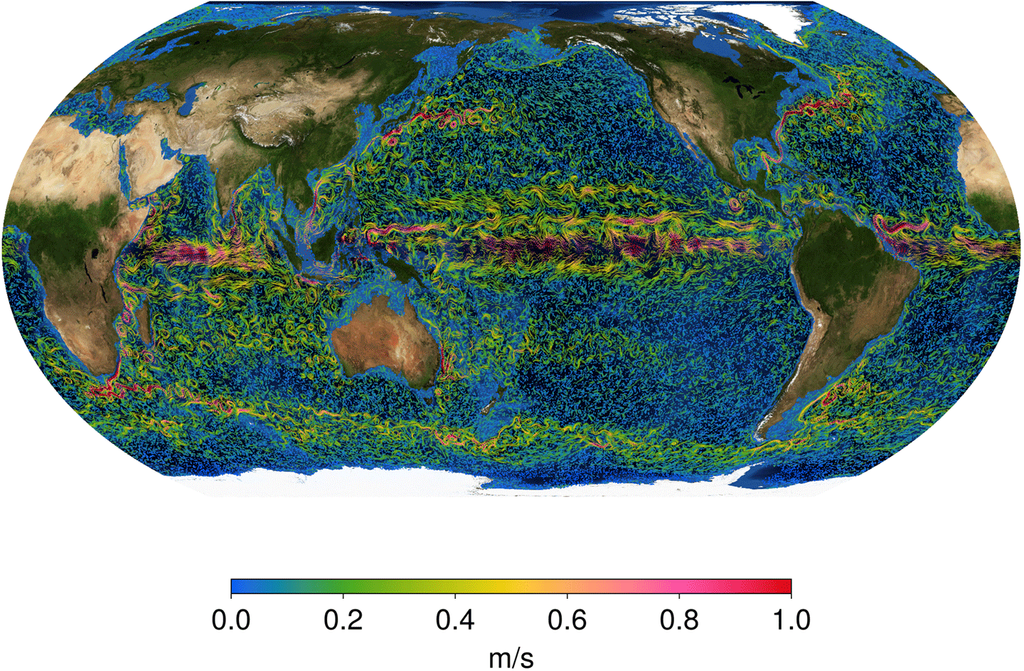It may be one of the smaller facilities at NASA’s Kennedy Space Center in Florida, but the Utility Annex adjacent to the Vehicle Assembly Building (VAB) provides large amounts of commodities, including about 8,000 gallons of chilled water per minute, to the VAB and other surrounding facilities. These commodities are necessary as the center prepares for the agency’s Artemis missions to the Moon and on to Mars.
The center’s Engineering Directorate currently is repairing and upgrading the annex, which is a chilled water plant that also contains boilers necessary to provide hot water to the VAB. The annex also provides a secondary loop of water to several facilities, including from north of the Logistics Facility to Boeing’s Commercial Crew and Cargo Processing Facility. The water also is used to provide the HVAC equipment within the buildings the ability to cool down the facilities.

“The repairs are necessary due to damage from Hurricane Matthew in 2016,” said Ismael Otero, NASA senior project manager. “During the storm, the annex’s electrical equipment, including the switchgear, was damaged. Water and electricity don’t mix.”
Upgrades to the facility already were planned, but the storm pushed up the upgrades and made them a repair project. A supplemental appropriation was approved by Congress in 2017 to address the hurricane damage. Then the decision was made to refresh the design and repair by replacing most of the equipment, including the hot water boilers.
“The complex project includes the phased removal and replacement of existing chillers and switchgear,” Otero said. Upgrades completed so far include installation of two 2,500-ton chillers in the annex, but they are not operational yet. Pumps, switchgears and transformers also have been installed. Soon-to-be operational boilers have been installed in the Launch Control Center, and Orbiter Processing Facilities 1 and 2. Two more 1650-ton, and one 850-ton chillers will be installed.
Some of the chilled and condenser water piping, primary and secondary pumps and all related accessories will be replaced. New cooling tower spray and bypass valves, fan blades and drive shafts, gear boxes, cooling tower ozone water treatment system, oxygen generator and related equipment already have been replaced.

New construction includes a new building to house electrical equipment. It is now attached to the north side of the Utility Annex. A complete rehabilitation and full upgrade of the operational control room, including all its equipment, will be completed by March 2021.
Work on the annex upgrades is targeted to be completed by February 2022. Sauer is the prime contractor for all of the mechanical work, with several sub-contractors performing the remainder of the upgrades.
“When the repairs and upgrades are completed, the facility will provide an up-to-date, more efficient redundant capacity for all chilled water requirements to 17 facilities,” Otero said. “This includes critical processing facilities supporting commercial as well as government space operations efforts in the Launch Complex 39 area.”































